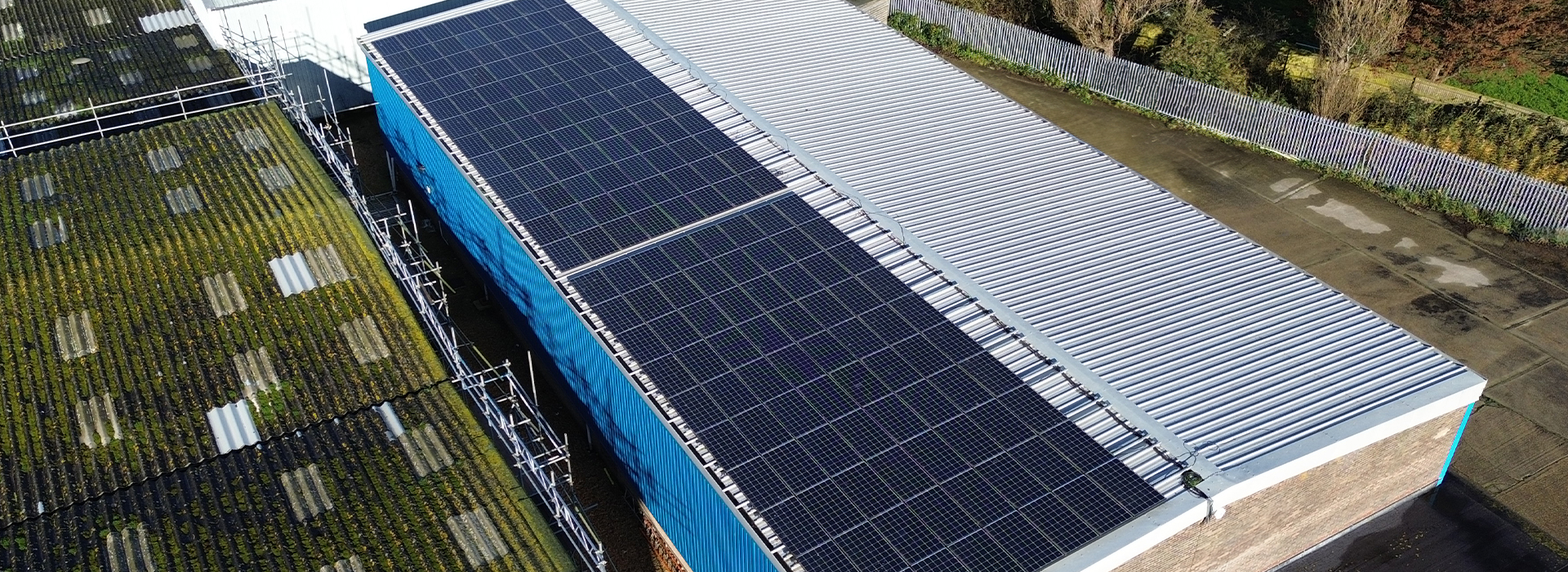In the realm of workplace safety, fall protection stands as a paramount concern. Every year, numerous workers suffer injuries or even lose their lives due to falls from heights. These incidents not only have devastating personal consequences but also bear significant financial and operational burdens on businesses. Understanding the gravity of fall-related risks is crucial for fostering a culture of safety within organisations.
Importance of Fall Protection in the UK
In the United Kingdom, stringent regulations govern workplace safety, including provisions for fall protection. Compliance with these regulations is not only a legal obligation but also a moral imperative for employers. Particularly during the rainy season, when surfaces become slippery and visibility decreases, the need for effective fall protection measures becomes even more pronounced.
Risks Associated with Inadequate Fall Protection
The consequences of inadequate fall protection can be dire. From broken bones to traumatic brain injuries, falls can lead to debilitating injuries that may permanently alter the lives of workers. Furthermore, the financial repercussions extend beyond medical expenses, encompassing lost productivity, legal liabilities, and damage to the company’s reputation.
Types of Fall Protection Systems
Various fall protection systems are available to mitigate risks in different workplace environments. Harnesses and lanyards offer personal fall arrest systems, while guardrails and safety nets provide collective protection. Choosing the appropriate system depends on factors such as the nature of work, height involved, and environmental conditions.
Choosing the Right Fall Protection Equipment
Selecting the right fall protection equipment requires a comprehensive assessment of workplace hazards. Employers must identify potential fall risks and provide workers with suitable gear to mitigate these risks effectively. This may involve investing in specialised equipment tailored to specific tasks or environments.
Training and Education
Equipping workers with the necessary skills and knowledge is crucial for ensuring the effectiveness of fall protection measures. Training programs should cover topics such as proper equipment usage, hazard identification, and emergency procedures. Regular refreshers and updates help reinforce safety protocols and keep employees informed about the latest developments.
Maintenance and Inspections
Regular maintenance and inspections are essential for ensuring the reliability of fall protection equipment. Employers should establish protocols for routine checks and repairs to identify any defects or signs of wear and tear. Timely maintenance not only extends the lifespan of equipment but also minimises the risk of failures during critical moments.
Fall Protection in the Rainy Season
The rainy season poses unique challenges for fall prevention. Wet surfaces increase the risk of slips and falls, necessitating additional precautions. Employers should implement measures such as anti-slip coatings, temporary barriers, and enhanced supervision to address these challenges effectively.
Case Studies and Examples
Real-life examples serve as compelling illustrations of the importance of fall protection. By examining past incidents and near misses, organisations can glean valuable insights into potential hazards and preventive measures. Success stories of implementing robust fall protection programs further underscore the tangible benefits of prioritising safety.
Costs vs. Benefits
While investing in fall protection may incur upfront costs, the long-term benefits far outweigh these expenses. Beyond safeguarding workers’ well-being, effective fall protection measures enhance productivity, reduce absenteeism, and foster a positive work environment. Viewing safety as an investment rather than an expense yields significant returns in terms of employee satisfaction and operational efficiency.
Company Responsibility and Employee Engagement
Creating a culture of safety requires active participation from both employers and employees. Companies must prioritise safety at all levels of the organisation, from senior management to frontline workers. By involving employees in safety initiatives and soliciting their feedback, organisations can foster a sense of ownership and accountability for workplace safety.
Conclusion
In conclusion, the importance of having correct fall protection installed in the UK, particularly during the rainy season, cannot be overstated. By prioritising safety, organisations safeguard the well-being of their employees, mitigate financial risks, and uphold legal obligations. Through a combination of robust fall protection measures, comprehensive training, and ongoing vigilance, businesses can create a safer work environment for all.



